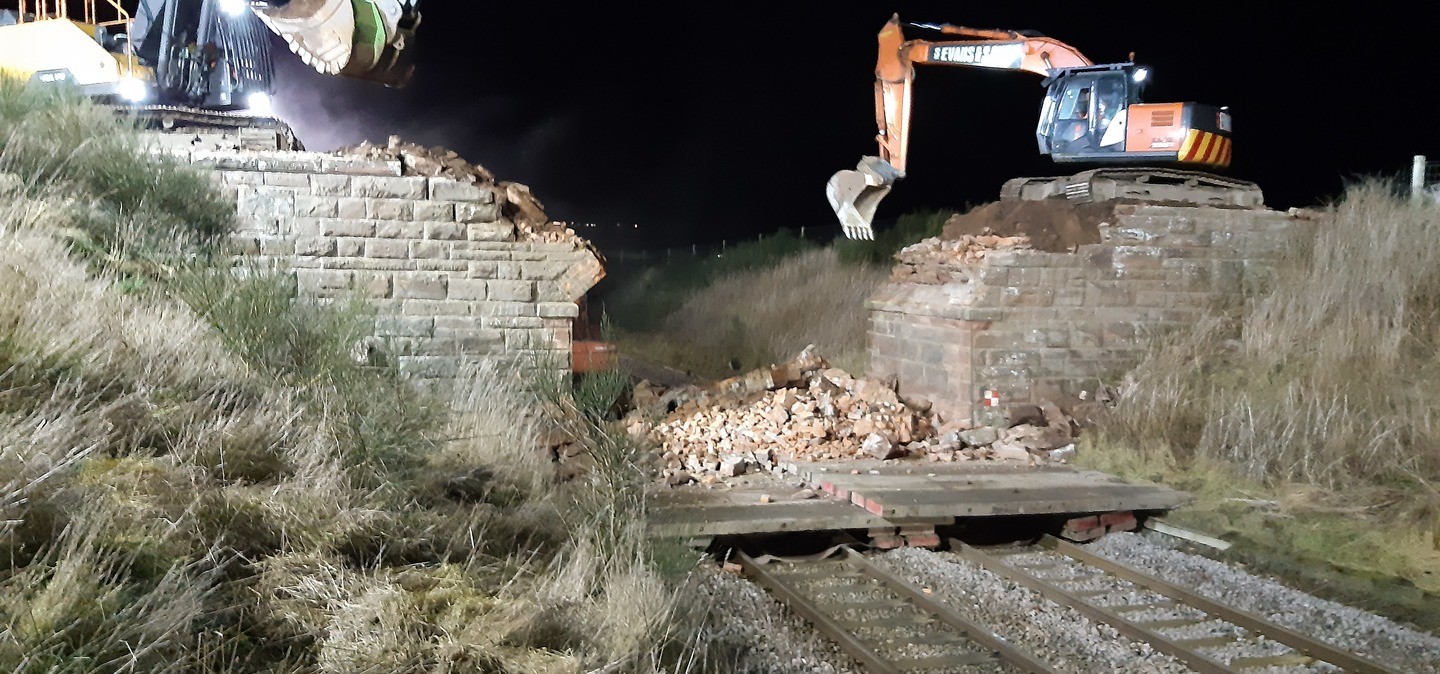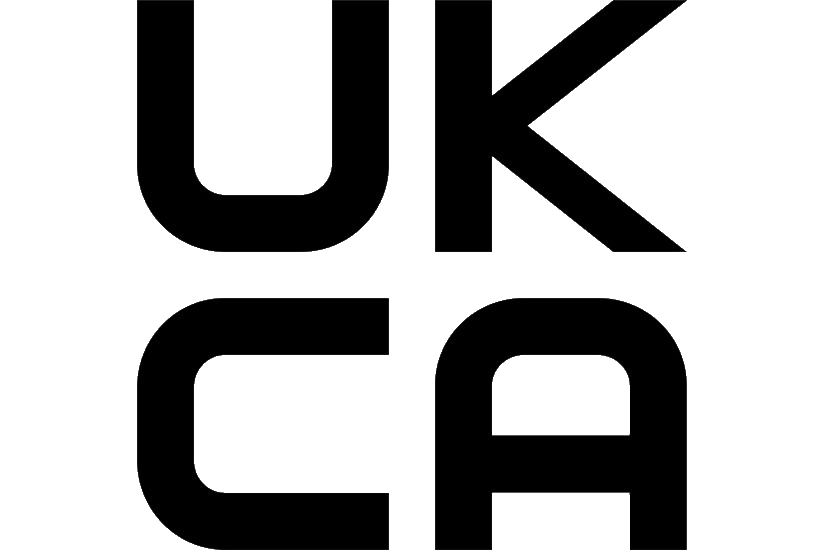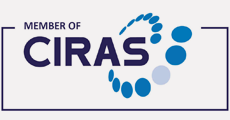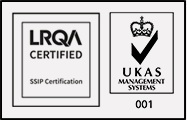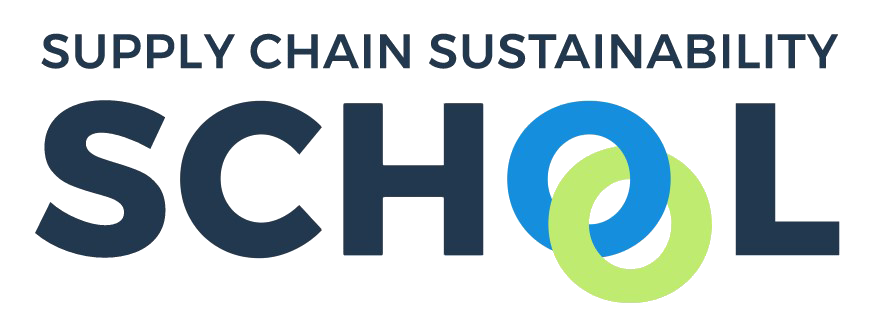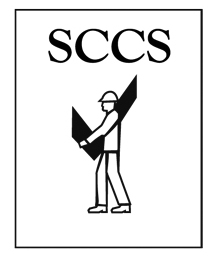Aberdeen to Central Belt - First Two Schemes
AmcoGiffen has completed its first scheme of a new programme on behalf of Network Rail, which involved the full demolition of two overbridges on the East Coast Main Line (Edinburgh to Aberdeen).
The Aberdeen to Central Belt project (A2CB) is an eight-year programme of rail electrification involving 81 miles of twin-track electrification and gauge clearance work to help provide significant carbon reduction for Scotland. The interventions on this line are being delivered collaboratively with Story Contracting.
Project name: A2CB Ironshill overbridge and Lunan Mill Bridge (originally separate projects but brought together due to their proximity)
Client: Network Rail (Scotland’s Railway)
Contract: Design and Construction
Location: Inverkeilor, situated midway between Arbroath and Montrose
Duration: Four weeks (11 January 2023 to 10 February 2023)

Headline Scope and Design
Over-bridge superstructure removals
- Design
- Statutory approvals
- Temporary works
- Demolition
- General civil engineering
- Environmental reinstatements
AmcoGiffen coordinated detailed design with support from supply partners AECOM who developed the original concept as part of a separate commission for the A2CB programme.
The works were permissible under Network Rail’s permitted development rules and the original structures did not have a recognised built heritage value.
The Project
Both Ironshill Bridge and Lunan Mill Bridge were single-span masonry arch bridges sitting over the twin-track ECN4 line, with no specific or essential modern purpose. The spans were approximately 7.5m.
Enabling work - The surrounding areas were cleared of vegetation to form access, laydown area and mobilise the site, with timber bog mats placed along the abutment and layered on track and 600 metres of lineside fencing were installed as per land agreement. Because we joined the projects together we were also able to share compound and welfare facilities.
Demolition work - Following saw cuts to abutments on both structures two 35-tonne excavators were used to dismantle the structures under 29-hour disruptive track possession. Excavation material was moved to the laydown area next to the site compound. After demolition abutments were finished with precast concrete..
Reinstatement - Re-grading of embankments to grade.

Collaboration
As part of a longer-term decarbonisation programme we carried out early contractor involvement with Network Rail and partnering contractor, Story Contracting, to review principle designs, budget, value engineering, mitigating risks, stakeholder analysis, and supply chain availability to ensure delivery certainty for Network Rail.
In addition, we worked with Network Rail to secure the necessary legal agreements to access third-party land to facilitate the works. We’ve jointly appointed (alongside Story Contracting), a specialist land and property surveyor to secure access agreements, compensation payments and reinstatement obligations.
We were also able to use the blockade for planned lineside maintenance interventions in the closed track section providing value for money for Network Rail, efficiently managing our resources and limiting future line closure disruption for passengers.Geddes (Farms) Ltd is the owner and operator of Ironshill Farm and all our construction traffic management, temporary works, and reinstatement plans were agreed upon in conjunction with D. Geddes and Network Rail. At the site level, we built an effective relationship with D. Geddes and they were appointed to our supply chain as a local quarrying and construction services business which included a recycling operation.
Stakeholders
- Network Rail capital delivery team
- Network Rail operational functions
- Other Network Rail contractors
- Train operating companies
- NatureScot
- Historic Environment Scotland
- Angus Council – various functions
- Adjacent / impacted landowners
- Scottish & Southern Energy
- Scottish Gas Networks
- Scottish Water
- BT
- Linesearch
Challenges and Risks
A key challenge was to achieve a predictable and controlled collapse to remove the arisings from the trackbed safely and efficiently so that the substructure could be retained for future use and the railway line was protected from damage during demolition. Our solution was to lay timber bog mats throughout the extent of the structure. This also worked to protect the railway line with layers of bog mats placed five metres on either side of the structure.
We added contingency resources to the blockade with our signalling and telecoms, permanent way, and CREs on standby, they also contributed to our planning activity.
An added challenge was developing an effective construction traffic management plan to coordinate safely with the farming operation. Due to the site constraints and large plant movement, we developed segregated routes for people and plant movement controlled with banksman using det comms at all times.
Safety
The total number of hours worked on these overbridge demolitions is 2,150. We recorded zero health and safety incidents, and zero non-conformances and managed to submit an average of 15 close calls per week, demonstrating an encouraging degree of engagement in reducing risk.
Sustainability
As part of ecological sustainability in the surrounding habitat we installed new bat boxes nearby on posts using a new low-carbon post-mix product called TECHNO-CRETE. This rapid-setting mix uses less product quantity, doesn’t need water, plant, or equipment, and lasts for up to 60 years it also added to our carbon savings on transport.
In terms of managing our site carbon footprint where possible and practical we used micro-generators, HVO fuel, PV-enabled site accommodation, and battery-powered tools.
Working with and retaining D. Geddes as a supplier provided commercial benefits to these projects. In addition to providing stone for the compound area from their quarry, we agreed, that on completion the materials would be returned and stockpiled at the farm for use in long-term agricultural improvement. And, D. Geddes used the excavated soils in their quarry activity and the stone held for recycling and resale into local building projects. This reduced offsite disposal to landfill costs in terms of value and carbon footprint.
Social Value
We made use of the opportunity to develop our trainees, providing practical site experience. And, where possible used local supply chain providers.
